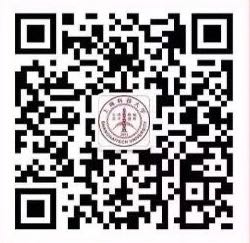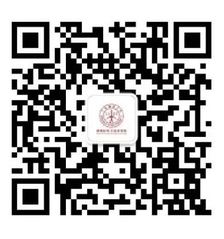Speaker: Prof. James C. M. Hwang
Time: 16:00-17:00, May. 3
Location: SIST 1A 200
Host: Prof. Xiong Wang, Prof. Fei Gao
Abstract:
Microwave is not just for cooking, smart cars, or mobile phones. We can take advantage of the broad electromagnetic spectrum to do wonderful things that are even more vital to our lives. For example, microwave ablation of cancer tumor is already in wide use. Microwave remote monitoring of vital signs is becoming more important as the population ages. This talk will focus on a new biomedical use of microwave at the single-cell level. At low power, microwave can readily penetrate a cell membrane to interrogate what is inside a cell, without cooking it or otherwise hurting it. It is currently the fastest, most compact, least invasive, and least costly way to tell whether a cell is alive or dead. On the other hand, at higher power but lower frequency, the electromagnetic signal interacts strongly with the cell membrane to drill temporary holes of nanometer size called nanopores. The nanopores allow drugs to diffuse into the cell. Based on the reaction of the cell, we can develop individualized medicine and speed up drug development in general. Conversely, the nanopores allow strands of DNA molecules to be pulled out of the cell without killing it, which can speed up genetic engineering. Lastly, by lowering both the power and frequency of the signal, we can have either positive or negative dielectrophoresis effects, which we have successfully used to coerce a live cell to the examination table of Dr. Microwave, then usher it out after examination. These interesting new uses of microwave and the resulted fundamental knowledge about biological cells will be explored in the talk.
Bio:
Dr. James Hwang is Professor of Electrical Engineering at Lehigh University. He graduated with a B.S. degree in Physics from National Taiwan University, and M.S. and Ph.D. degrees in Materials Science from Cornell University. After years of industrial experience at IBM, Bell Labs, GE, and GAIN, he joined Lehigh in 1988. He cofounded GAIN and QED; the latter became a public company (IQE). He has been a visiting professor at Cornell University in the US, Marche Polytechnic University in Italy, Nanyang Technological University in Singapore, National Jiao Tung University in Taiwan, and Shanghai Jiao Tong University, East China Normal University, and University of Science and Technology in China. He was a Program Officer for GHz-THz Electronics at the US Air Force Office of Scientific Research from 2011 to 2013. He is a Life Fellow of the Institute of Electrical and Electronic Engineers. He has published more than 350 refereed technical papers and been granted eight U. S. patents. He has researched on the design, modeling and characterization of electronic, optical and micro-electromechanical (MEM) devices and circuits. His current research interest focuses on electromagnetic characterization of individual biological cells, scanning microwave microscopy, and two-dimensional atomic-layered materials and devices.
SIST-Seminar 18145




 沪公网安备 31011502006855号
沪公网安备 31011502006855号


